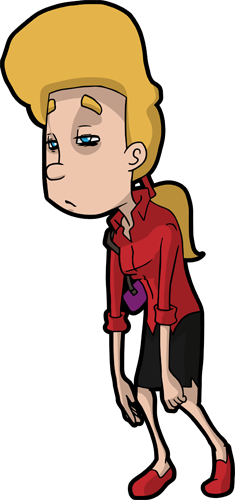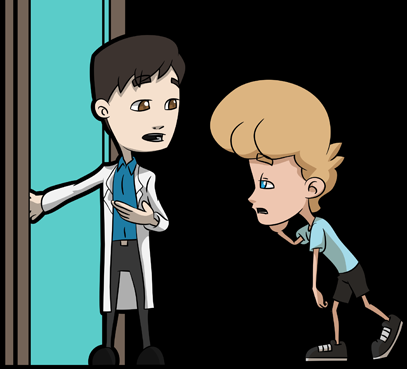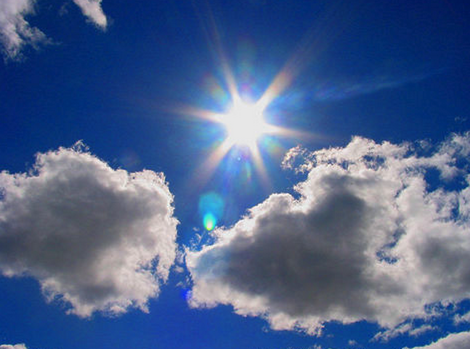
Minneapolis St. Paul Mental Health Blog
Posts about:
SAD help


SAD | Getting started for better understanding
Seasonal Affective Disorder | The best metaphor for seasonal affective disorder (SAD) is hibernation...
which may be thought of as the biologic correlate of wintertime SAD. Unlike people with classical depression, who typically eat less and sleep less, people with SAD eat more and sleep more, much like animals hibernating for the winter.

SAD Seasonal Affective Disorder | Do you have it?
SAD Seasonal Affective Disorder | You need to know
It is estimated that roughly 6%of the U.S. Population may suffer from SAD, with an additional 14% suffering from subsyndromal SAD. The incidence of SAD is greater as the latitude increases, ranging from 1.4% at Florida’s latitude to 10.2 % at the latitude of Minnesota’s geographical location.
With such a high rate of incidence, it is likely that you know at least one person with SAD. Unfortunately, many people don’t realize that they have SAD, and many others don’t realize that it is a treatable disorder.
What clues should you be looking for? How do I know if I have it?
Symptoms include:

Seasonal Affective Disorder | realities behind SAD and a few myths
Seasonal Affective Disorder | Myths and Realities
Whether you’re waiting for the bus or train, or going for a walk through a bustling park, there’s a good chance you will encounter at least one person suffering from Seasonal Affective Disorder (SAD), a cyclical type of depression believed to be caused by a lack of sunlight.

Seasonal Affective Disorder | Do you have it? What to do?
Do I have SAD? | The U.S. National Library of Medicine notes that "some people experience a serious mood change when the seasons change.
They may sleep too much, have little energy, and may also feel depressed. We have to agree, and with winter here in Minnesota, you get lots of cloud cover and bitter cold, all adding to the components that can lead to SAD.
Seasonal affective disorder also known as SAD or winter depression, the winter blues or seasonal depression. This affects millions of people, education and understanding of this pattern is important to finding out how to best treat it.
What are the signs and symptoms?
- Difficulty waking up
- Nausea
- Tendency to oversleep and overeat
- Craving for carbohydrates (leading to weight gain)
- Lack of energy to perform daily activities
- Difficulty concentrating on or completing tasks
- Withdrawal from friends, family, and social activities, and decreased sex drive

SAD Seasonal Affective Disorder | More Sun Please!
SAD Seasonal Affective Disorder | You need to know
It is estimated that roughly 6%of the U.S. Population may suffer from SAD, with an additional 14% suffering from subsyndromal SAD. The incidence of SAD is greater as the latitude increases, ranging from 1.4% at Florida’s latitude to 10.2 % at the latitude of Minnesota’s geographical location.
With such a high rate of incidence, it is likely that you know at least one person with SAD. Unfortunately, many people don’t realize that they have SAD, and many others don’t realize that it is a treatable disorder.
What clues should you be looking for? How do I know if I have it?
Symptoms include:
